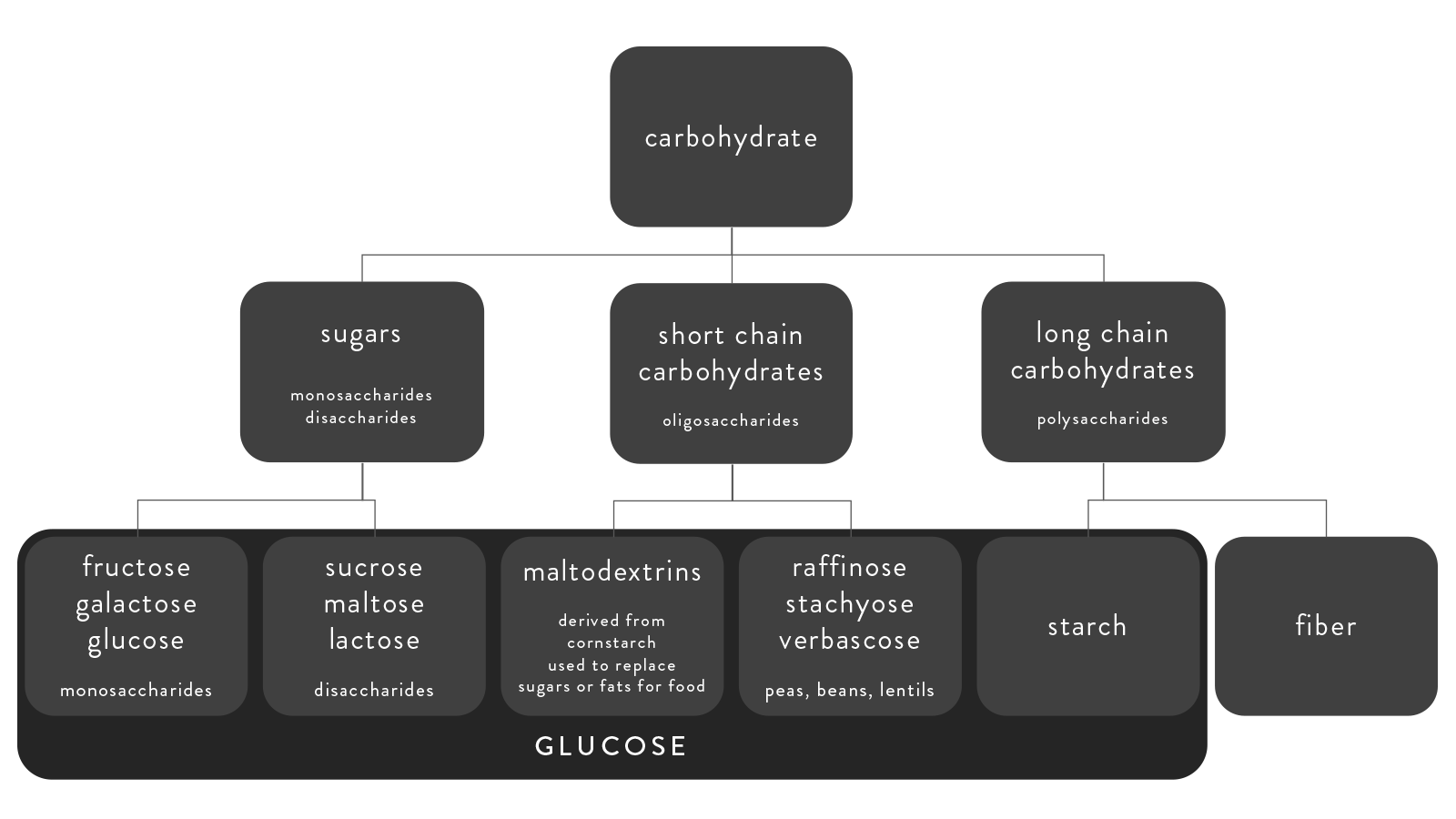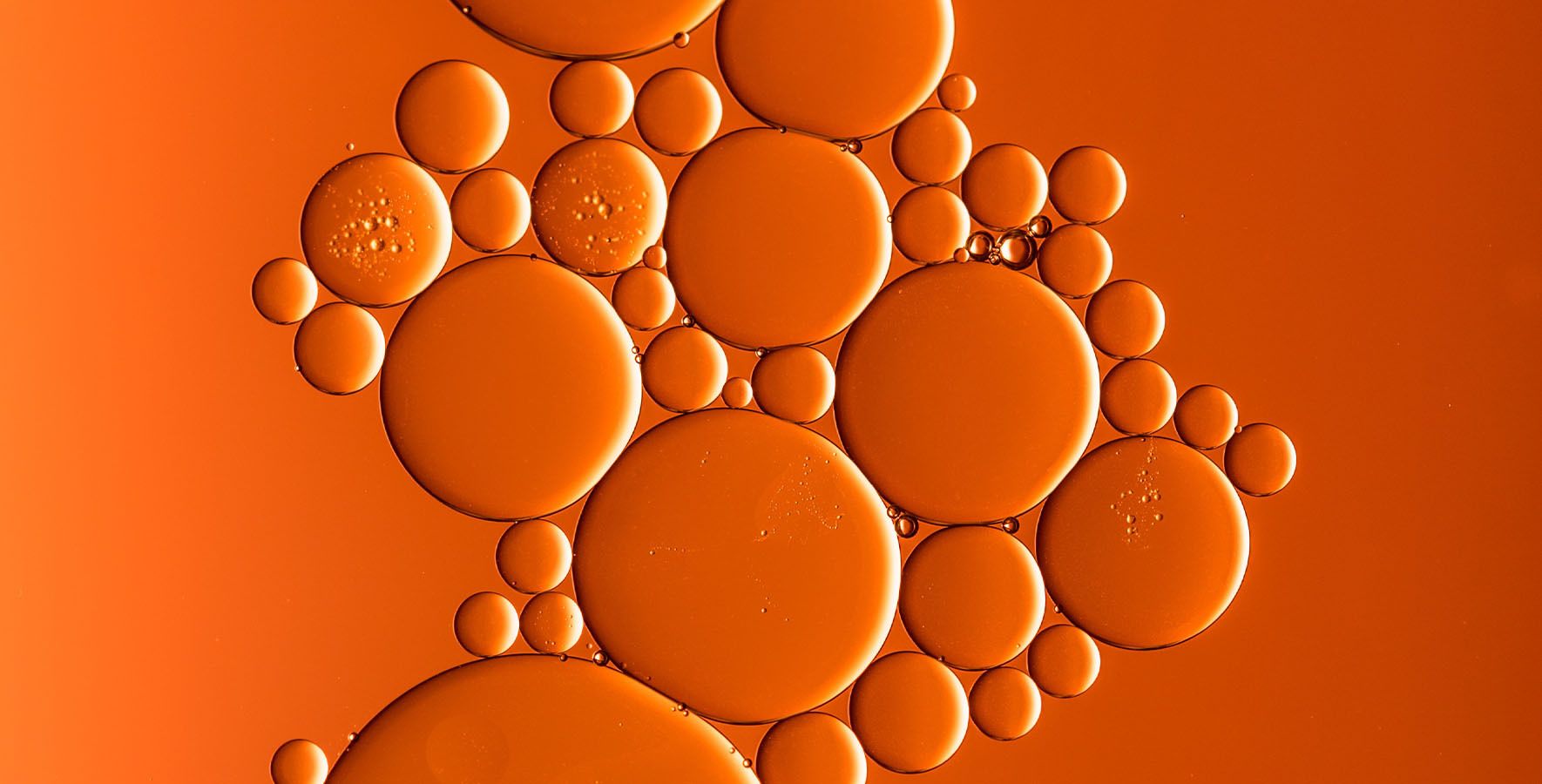Until now, we’ve been heads down, nose to the grindstone, working with world-class researchers and doctors, elite coaches and professional athletes, and a global healthcare leader all to bring you the newest breakthrough in sports technology.
What we’ve created with all that research, hard work, and sweat: Supersapiens.
This blog is a place for those of you who want to dig deeper in the research and science behind energy management and performance. If you’re anything like us, you’ll do whatever it takes to upgrade your game.
One of the most crucial parts of that: Understanding how fueling works for your unique body.
Fact: Our bodies are incredible machines. It’s why we, as athletes, go to the lengths we do to tightly regulate nutrients from the food and drink we consume, trying to achieve an optimal balance for performance.
Another fact: Glucose regulation is huge. It may well be one of the most impactful variables in training and performance. Until now, there has been no commercially available way to truly track our glucose levels as athletes.
So welcome to a new era in sports performance.
But, first: the science.
This is a very basic level explanation and has purposefully omitted information for the sake of teaching a complex subject. For a deeper dive into the exact science, check out our full library of resources as well as other published reports. Before we get started, you can check out the CGM for athletes and our glucose monitoring app here.
THIS IS GLUCOSE. AND THIS IS HOW YOUR BODY USES IT.
Yes, your body is an incredible machine. And like most machines, it’s powered by fuel.
You’ve probably learned (maybe the hard way?) that you can’t just feed your body any kind of fuel at any given time. To attain and sustain performance at any level, you need the right fuel at the right time.
Which brings us back to: GLUCOSE.
(AKA, sugar. AKA, your primary fuel source. AKA, your best friend and worst enemy, depending how you and your body manage it.)

When you eat or drink something, the available glucose in that substance is either used for immediate fueling demands or is stored for future use.
Simple biochemistry, right?
Somewhat.
Once fueling demands from target tissue (like muscle and brain cells) have been met, the first organ to receive glucose for storage is the liver. The liver goes on to convert that extra glucose to glycogen (the storage form of glucose) and hold it until there isn’t enough glucose in the bloodstream to meet your body’s fueling demand, such as overnight or during fasting. And when your body needs it, that’s where it goes for fuel.
In this sense, your muscles and liver act as storage tanks for glucose. Once they’re full, any remaining glucose in your system is converted to fat.
(Which, as you can guess, isn’t an optimal use of fuel if you’re on a mission to optimize athletic performance.)
“Your body takes all forms of carbohydrates and breaks them down into glucose. That glucose is either used for immediate fueling demands or is stored for future use.”
What does too much glucose look like? High glucose levels in the blood over long periods of time are actually toxic to the body. In other words, sugar is not always our friend.
Let’s check in with the Supersapiens app: When monitoring your real-time glucose levels with the Abbott Libre Sense Glucose Sport Biosensor, notice how often you see a steep rise in the Live graph. No need to panic if you see rushes: the body naturally regulates glucose levels up and down. Just keep in mind that prolonged exposure to high levels of glucose is bad news for the body.
GLUCOSE AND INSULIN FOR ATHLETES
Given the importance of this good glucose balance, a sophisticated control system is in place to prevent marked deviations. An athlete with a healthy liver and pancreas will regulate glucose levels.
And you do that with insulin.
Meet insulin: The hormone released by the pancreas to manage your glucose levels. Its job is to “unlock” the cells in your body and allow glucose to enter. Insulin travels via the bloodstream to target tissue (primarily to muscle and other cells) where it finds insulin receptors, activates them, then causes a series of cellular signals that result in that cell’s ability to take in glucose. (Interestingly, because their function is so vital, insulin is not required for glucose to enter brain cells. Similarly, insulin-independent glucose uptake by muscles can occur during exercise.)
Basically, in a healthy state, changes in insulin follow glucose. When glucose rises, so does insulin. When glucose drops, so does insulin. Since insulin is released in response to the specific amount of glucose in the bloodstream, the more glucose you’ve got, typically the more insulin you’re dealing with too.

If you were to consume a whole lot of alcohol, caffeine, or other drugs over time, your body would develop a higher tolerance level to that substance. It’s the same with glucose and insulin: When you over-consume carbs, your body will constantly work harder to restore balance; consequently, it will require more insulin to rid the bloodstream of glucose. That persistent cycle of having too much glucose, too much insulin, and back again, can lead to unhealthy complications.
Again, no need to panic. Your body is an incredible machine evolved to regulate these things for you. But sometimes this regulation can work against you as an athlete. The Supersapiens energy management system, powered by Abbott Libre Sense, is here to support you and be the key to optimize fueling for your training and performance. Check out our article on energy management for athletes to learn more: EXPLAINED: CGM and The Enigma of Energy Management for Athletes.
That’s the 101 on glucose. Got it?
In short:
- Athletes can use CGM technology to track their glucose and sustain performance
- Glucose is the body’s primary fuel source for intense exercise
- When consumed, carbohydrates are converted to glucose
- Glucose is first used for immediate fuel needs
- When it’s not needed, glucose gets converted to glycogen, the storage form of glucose, for future use
- Once your body’s storage tanks are full of glycogen, excess glucose is stored as fat
- Over exposure to glucose can be toxic to the body
- Insulin is a main hormone that regulates glucose levels
- Energy management for athletes can be driven through continuous glucose monitoring
Get My CGM in 3-5 Days
For more information on Supersapiens and stories from our athletes, follow us on Instagram, Facebook, and Twitter: @supersapiensinc
References
American Diabetes Association. Nutrition and Athletic performance. Med Sci Sports Exerc. 2009;41:709.
Brody T. Nutritional Biochemistry. 2nd ed. New York: Academic Press, 1999.
Burke L. Practical Sports Nutrition. Champaign: Human Kinetics, 2007.
Clark MG, et.al., Blood flow and muscle metabolism: a focus on insulin action. Am J physiol Endocrinol Metab. 2003;241-258.
Cushman S, et.al., Potential mechanism of insulin action on glucose transport in the isolated rat adipose cell. J Biol Chem. 1980;255:4578-4762.
Fox SI. Human Physiology. 12th ed. New York: McGraw-Hill, 2011.
Gropper SS, et al. Advanced Nutrition and Human Metabolism. 5th ed. Belmont, CA: Cengage Learning, 2005.
Hawley, JA, et.al., Carbohydrate-loading and exercise performance. An update. Sports Med. 2003; 24, 73-81.
Leckey, JJ, et.al., Altering fatty acid availability does not impair prolonged, continuous running to fatigue: evidence for carbohydrate dependence. J Appl Physiol. 1985;120, 107-13.
Wasserman DH. Four grams of glucose. Am J physiol Endocrinol Metab. 2009;296: 11-21.
